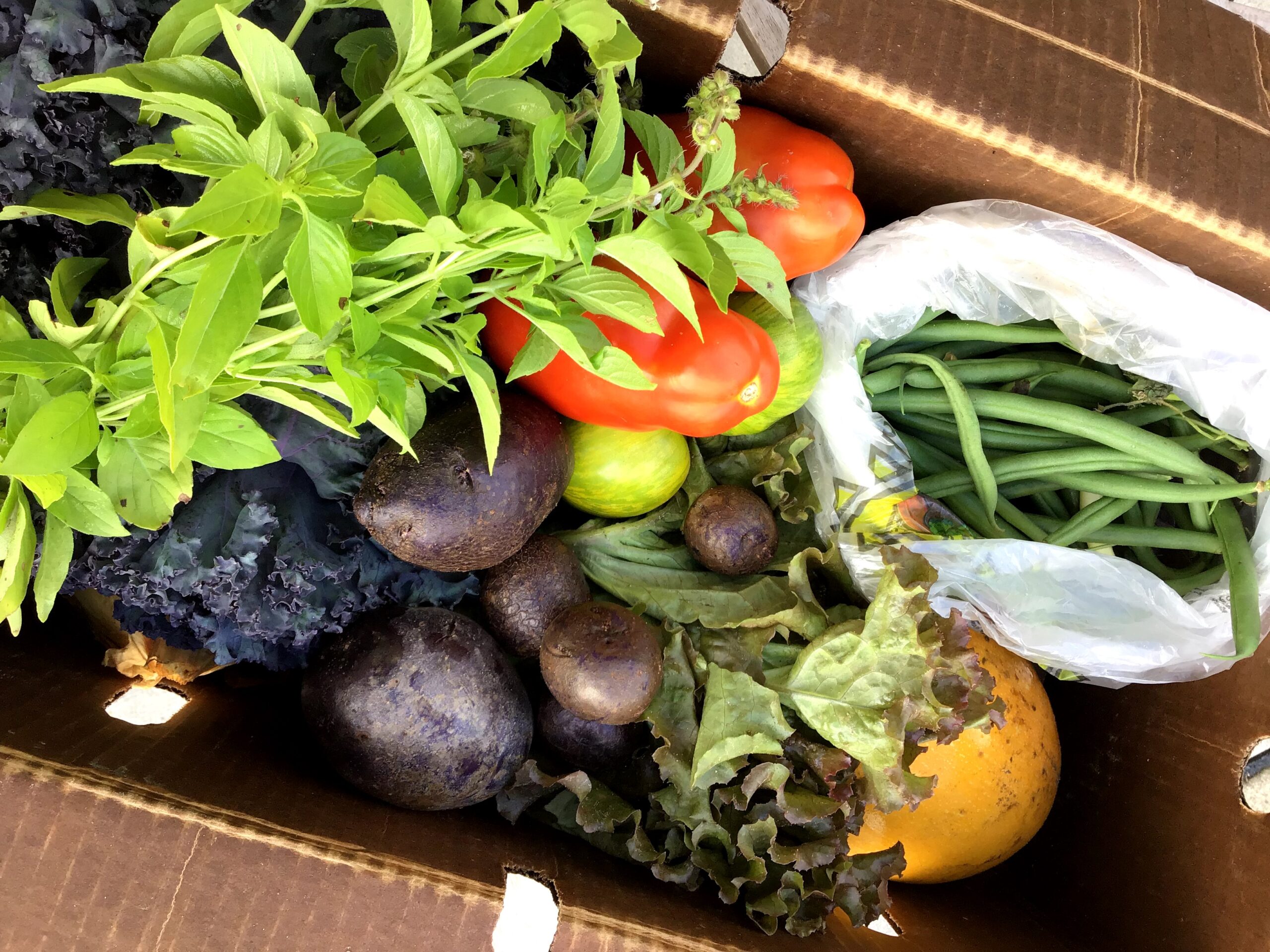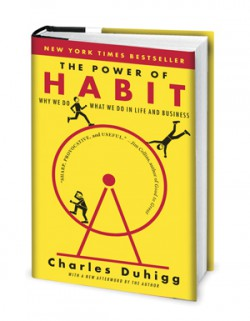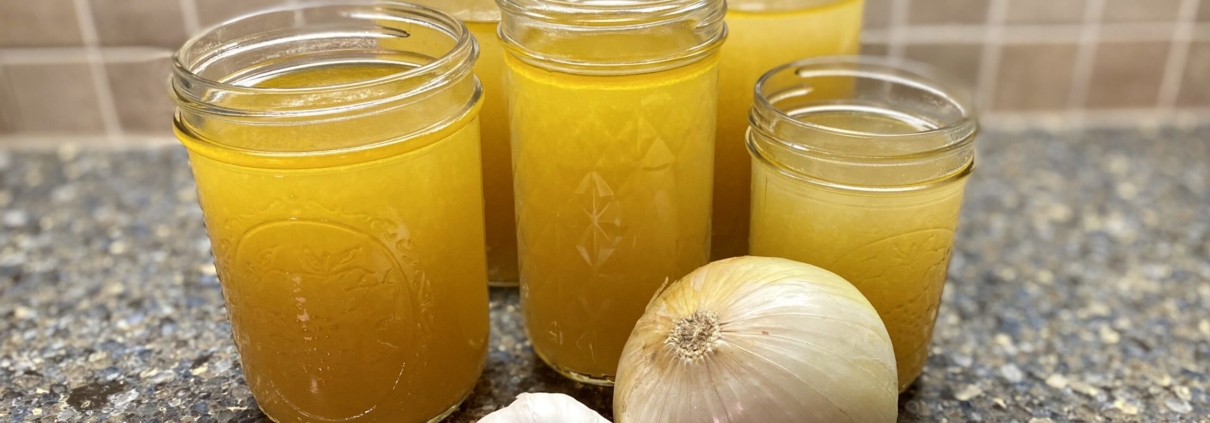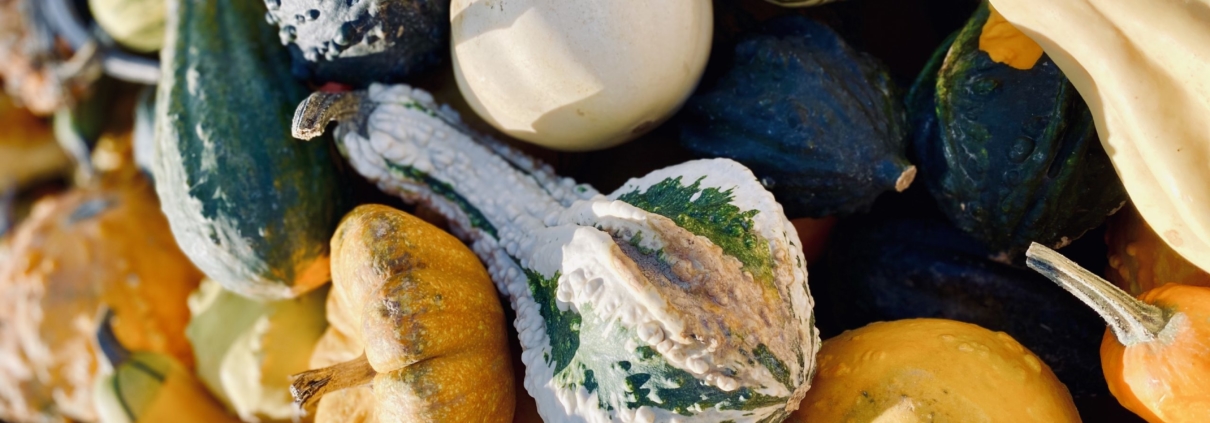Tag Archive for: Healthy Habits
Gratitude for bringing family together
This Thanksgiving, I am very aware and grateful for the privilege of enjoying a day with my family. With two of my three boys in college, my heart is full when everyone is in the house together. As I think about the holiday this year, I’ve been reflecting on how to balance our family table. My husband and I like to serve plenty of traditional favorites while being mindful of healthy eating habits.
In addition to the dishes that are favorites of our parents, we ask our kids what they want on the table. Typical dishes like stuffing and mashed potatoes are at the top of their list, but they are fond of some of our childhood favorites too. Our family’s southern roots bring sweet potato casserole, whipped butternut squash, pecan pie, and candied apples. While my Greek heritage brings delicious spanakopita to our Thanksgiving.
Moving a traditional menu forward
Over the years I’ve tried to create versions of these traditional recipes with less (or no) sugar and dairy but I’m quite often caught by my perceptive oldest son with very acute taste buds. I still try. My own plate is usually full of side dishes since I enjoy the colorful selection of vegetables available this time of year.

Sharing lightened up recipes
We have two updated recipes on our menu for this year to share with you. They stand alongside the traditional favorites to add in some extra vegetables and lighten things up.
- My husband will make the usual brussels sprouts this year, but with a twist. Our sprouts will feature a balsamic reduction for depth and subtle sweetness with toasted pecans for crunch and texture. We are opting for a meat free version, instead of last year’s iteration which featured bacon.
- I am bringing back a baked artichoke recipe I’ve enjoyed in the past by Lucinda Scala Quinn, author of Mad Hungry and Martha Stewart’s Executive Food Director. I found this recipe several years ago and loved it for its Italian influence with lemon, herbs, and garlic. Lemon always brightens things up and this dish is a refreshing break from the heavier foods that are traditional to Thanksgiving.

A grateful heart for my MOVE community
I hope that this unique blend of food my family is planning will bring everyone joy and honor our past while encouraging them to try new things. I hope you find your own inspiration in planning your holiday menu. This is really a beautiful time of year. The entire concept of Thanksgiving is an intentional appreciation of abundance and all the positive in our lives. There is a nourishing focus on gratitude that is good for the soul and beneficial to our overall health and wellness.
In that spirit, and with a grateful heart, I offer my thanks to each and every one of you for being a part of our MOVE community. All of you make MOVE the special place that it is and we are so fortunate to work together in good health.
Happy Thanksgiving!
 In 2012, habit master and author of The Power of Habit, Charles Duhigg, talked to Scientific American about the neuroscience of habits. He reveals that two parts of the brain–the basal ganglia and brainstem house habits. These are the same regions that are exploited by pharmaceuticals and drugs to induce compulsive, addictive behavior. And in a sense, ingrained habits work like addictions in that the brain is programmed to send and receive specific neural impulses over and over again when the habitual behavior is performed. This is why habits are so hard to break. They are “literally etched in our neural pathways” as Psychology Today phrases it.
In 2012, habit master and author of The Power of Habit, Charles Duhigg, talked to Scientific American about the neuroscience of habits. He reveals that two parts of the brain–the basal ganglia and brainstem house habits. These are the same regions that are exploited by pharmaceuticals and drugs to induce compulsive, addictive behavior. And in a sense, ingrained habits work like addictions in that the brain is programmed to send and receive specific neural impulses over and over again when the habitual behavior is performed. This is why habits are so hard to break. They are “literally etched in our neural pathways” as Psychology Today phrases it.
Understanding the Habit Loop to break bad habits
One way to break old habits is to overcrowd them with new, healthy habits. If you get an urge to reach for something sweet after every meal, you’ve programmed a habit. Some researchers have identified a phenomenon called the Habit Loop to explain how habits operate. There is a cue that triggers the behavior (e.g. the time of day after dinner). After the cue comes the routine (eating dessert). And the outcome of the habit is the reward (e.g. feeling pleasure from dessert).
The cue, routine, and reward offer three different places to intervene with new, good habits. Usually, the reward, or what people want to receive from their bad habits, will always remain the same. We all typically want to feel pleasure and happiness and so engage in unhealthy habits that get us there. The problem is that these habits are unhealthy in the long run. So what do we do? You can target the cue and the routine facets of the Habit Loop.
First, identity a habit that you would like to implement. The trick is that the new habit must have the same reward as the old habit e.g. If your reward for eating dessert is feeling pleasure, going for a brisk walk or jog after dinner will give you an endorphin release. If it is the social aspect of eating dessert with someone, schedule a post-dinner activity you can do together (playing a board game, washing dishes together, etc.). Then pick a simple, easy-to-remember trigger. For instance, you can use 7:45 pm as your cue. Once it hits 7:45 pm, you know you’re supposed to engage in your habit.
Habits can take months to form, so don’t get discouraged if you’ve been at it for a few weeks. Eventually, they become part of your brain chemistry, which is why it’s critical to engage in good habits early on!
Need some support as you embark on healthy new habits for the year ahead? MOVE Wellness Studios’s expert Wellness Coaches can help! Contact us today to schedule an introductory session.
Team Nuggets (2016). The habit loop: The science behind building good habits. CBT Nuggets.



